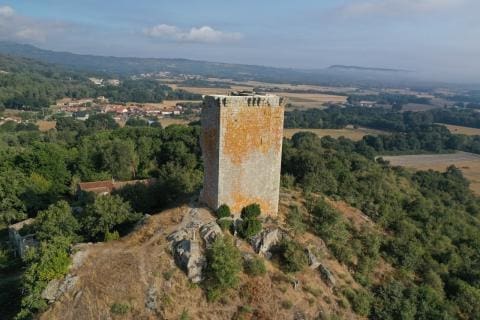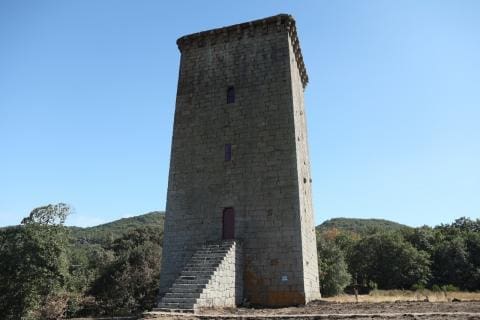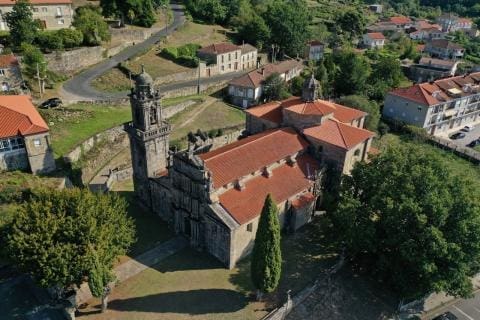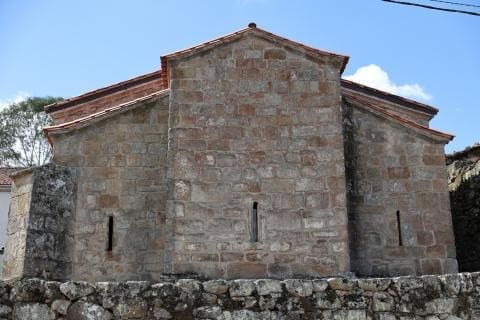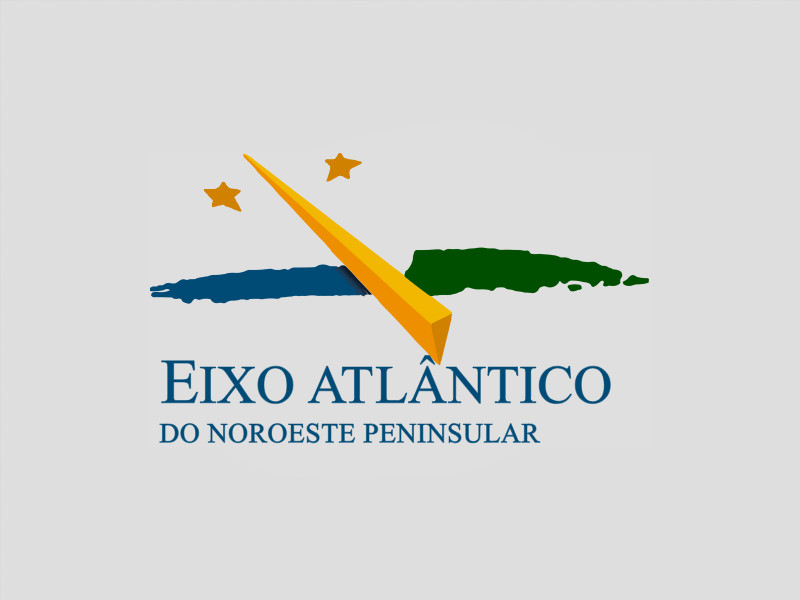The Galician Wine Museum is a regionally owned museum whose purpose is to recover, document, conserve and disseminate the wine cultural heritage of Galicia for the knowledge, learning and enjoyment of citizens, in general, and the use and the consultation of researchers and scholars of the wine universe, in particular.
The exhibition covers the three floors of this unique building built in the 18th century as a priory house for wine exploitation dependent on the Mosteiro de San Martiño Pinario in Santiago de Compostela and converted after the confiscation of Mendizábal into the rectory of Santo André de Camporredondo.
Building
The Wine Museum is located in what is known as the rectory of Santo André de Camporredondo, which forms a monumental complex of singular relevance and particular significance, located in the heart of the Ribeiro region. Its architecture is at the service of one of its original functions: the production, storage and distribution of wine to Compostela, as it is a priory of San Martiño Pinario.
In the 20th century, various elements were abandoned and looted until the beginning of rehabilitation work between 1988 and 1990, first through a municipal school-workshop and finally by the Xunta de Galicia since 2005, after that the property was transferred to the Department of Culture by the Archbishopric of Ourense.
The collection
The museum dedicates its permanent exhibition to the cultivation of vines and the production process of wine throughout history in Galicia. On the one hand, viniculture (techniques and systems of wine cultivation) and, on the other, viticulture (techniques and knowledge of wine production). The explanatory panels combine high-quality texts and illustrations and are accompanied by significant objects related to each panel, such as tools, writings, technical instruments, containers, etc.
The rooms
The permanent exhibition takes place in eight rooms, each dedicated to a section, which houses, among others, pieces related to the cultivation of vines, both from a historical point of view and from the traditional harvest cycles. Significant pieces related to each designation of origin of wine in Galicia also have their space, with a room dedicated in particular to the Ribeiro region. Finally, you can see pieces marked in the winemaking process, from when the grapes arrive at the winery until their conversion into wine.

 Provincia de Ourense, Galicia
Provincia de Ourense, Galicia
